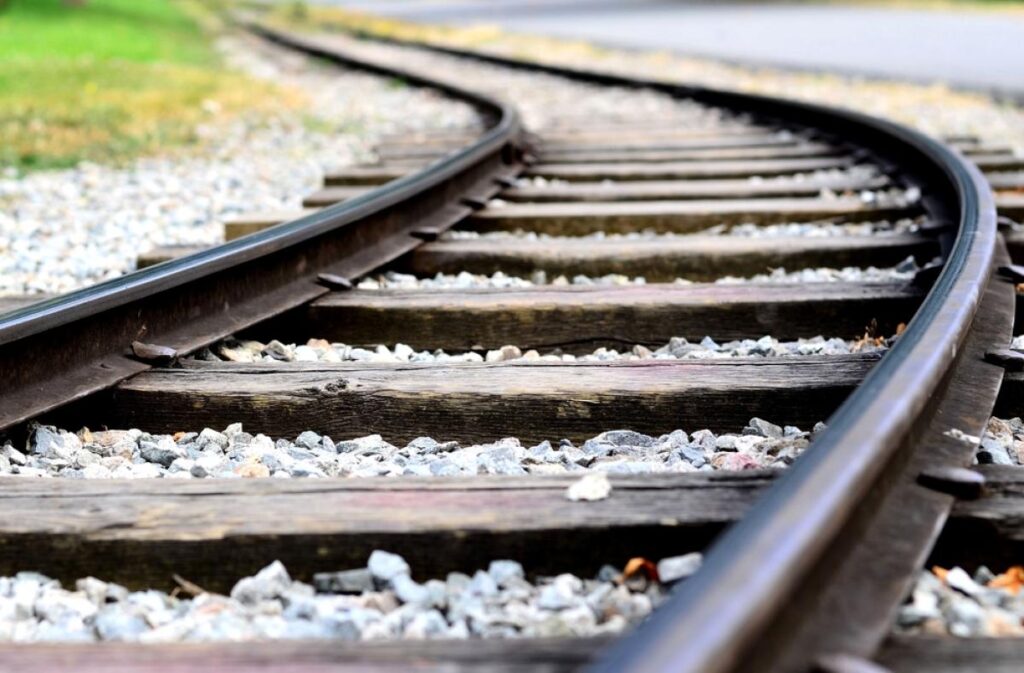Shutterstock photo
The Grand Junction Bridge in Boston certainly does not look like an important piece of infrastructure.
Indeed, it is caked in rust and graffiti and half of it has been abandoned, such that when looking down on it from the nearby Boston University Bridge, it is possible to peer straight through its steel lattice structure and see the Charles River below.
Despite its appearance, though, the Grand Junction structure is a critical link in the regional rail system as it is the only connection within 40 mi. of Boston that links the otherwise disconnected north and south sides of the Massachusetts Bay Transportation Authority’s commuter rail network.
The Boston Engine Terminal, MBTA’s primary commuter rail maintenance facility, is located 2.5 mi. northeast of the bridge in East Somerville. Anytime a train on the south side needs repair work, it uses the Grand Junction line to get to the shops on the north side.
Similarly, Amtrak’s Downeaster trains, which operate out of North Station, rely on the Grand Junction connection to access the company’s Southampton Street maintenance facility in South Boston.
But, under current construction plans for the proposed Allston Multimodal Project, a $2 billion reconfiguration of the Interstate 90/Massachusetts Turnpike and Soldiers Field Road, the southern abutments of the Grand Junction Bridge on the Boston side of the river would be demolished to make room for 12 new lanes of riverfront highway.
Several years in the future, when the road work is due to be substantially complete, contractors would then reconnect the Grand Junction with a new rail viaduct that could potentially carry a new transit connection between Boston and Kendall Square.
However, officials from Amtrak and MBTA are throwing cold water on that plan, Streetsblog Mass reported Oct. 10.
At an Aug. 21 working group meeting for the Allston Multimodal effort, MBTA officials warned that if the highway project cuts the Grand Junction link, “MBTA service would cease within weeks due to an inability to conduct required maintenance.”
Alternatives Are Impractical, Expensive
There are options for the MBTA to continue maintaining its trains if the Grand Junction were cut off, but they would impose considerable costs on an agency that is already strapped for cash and resources.
One alternative would be for the MBTA to take its trains on a detour deep into central Massachusetts, where there is another north-south rail connection.
That diversion would require the agency to send its south side trains all the way out to Worcester, then north on a freight railway connection to Ayer, before turning back into Boston via the Fitchburg Line to access the Boston Engine Terminal maintenance facility.
That adds up to a 103-mi. detour for a trip that currently travels just 2.5 mi.
As could be expected, in a presentation to stakeholders in the Allston Multimodal Project, transportation agency officials said that that detour “is not feasible for the MBTA’s maintenance needs.”
Streetblogs Mass said that MBTA’s other option is to build a new maintenance facility specifically for its south-side trains. And, in fact, the agency has already started preliminary design work for just such a project, along with an accompanying train storage yard in Readville at the end of the Fairmount Line.
However, despite MBTA having set aside $5 million for early design and environmental permitting work, there is currently no money available for the agency to actually build the facility.
In 2020, former Massachusetts Department of Transportation (MassDOT) Secretary Stephanie Pollack said that the maintenance facility project could cost approximately $300 million; with high rates of construction cost inflation in the four years since then, the price tag today might be closer to $400 million.
That would bring up the question as to just who would pay for the effort, another critical consideration, Streetblogs Mass noted.
The MBTA is still struggling to repay debt associated with the Big Dig highway project in the early 2000s; forcing the cash-strapped agency to borrow another $400 million to benefit yet another highway megaproject will be a politically heavy lift.
There also is the question of timing.
Some advocates and MBTA officials have suggested that new layover yards and a modern South Side maintenance facility ought to be designed for a future fleet of all-electric trains. That will not happen, though, if MassDOT forces the MBTA to finish the new shop building before it has a chance to electrify all of its rail lines running out of South Station.
“With loss of access to [Boston Engine Terminal], many of these facilities need to be geared towards the needs of the MBTA’s current diesel fleet, instead of future fleet electrification,” agency officials warned stakeholders in the August meeting. “Regional rail electrification projects will be delayed by use of financial resources and real estate on these diesel projects.”
A Third Option: MassDOT Takes Responsibility
It is unclear whether any stakeholders ever discussed it at that meeting, but there is a third possible solution to this dilemma: MassDOT could require future construction contractors working on the Allston/I-90 project to keep the Grand Junction rail connection open until a replacement bridge is ready.
That alternative would likely complicate the project’s construction logistics in a notoriously tight site on top of the Charles riverbank and add to the multi-billion-dollar price tag for MassDOT’s highway proposal.
But given the alternatives, Streetblogs Mass said MassDOT’s highway builders might just have to take responsibility for the disruptions, rather than handing the region’s transit riders more debt and travel problems.
Read the full article here

